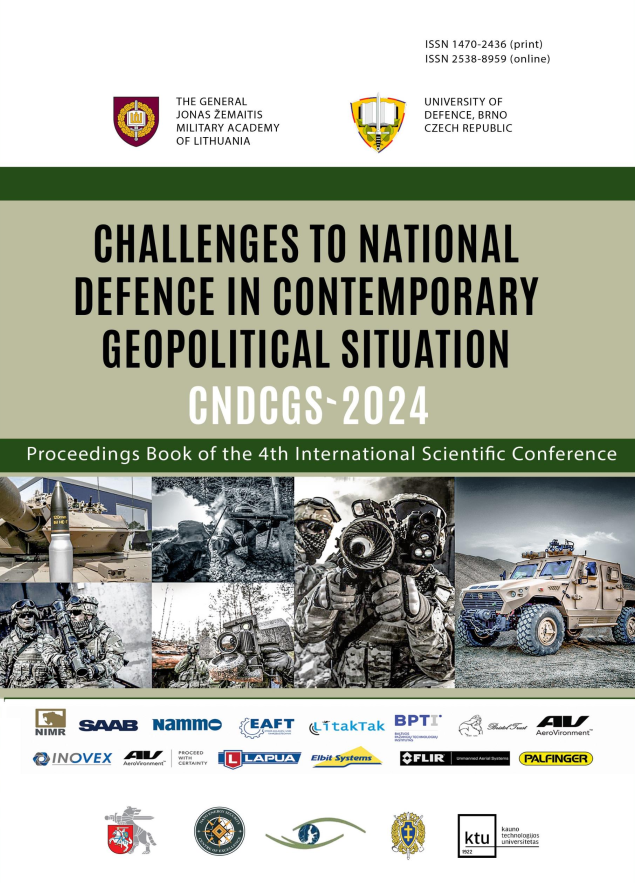Multicriteria Comparison and Evaluation of Vestibular Apparatus Training Methods for Pilots
DOI:
https://doi.org/10.3849/cndcgs.2024.268Keywords:
vestibular apparatus, training, aviation, simulator, military, spatial disorientationAbstract
The phenomenon of spatial disorientation and illusions in flight has been addressed in civil and military aviation for decades. The possibility of training, especially the vestibular apparatus, which is involved in human spatial orientation, is of particular interest in training military pilots. This article aims to analyze and compare, using multicriteria analysis, the different methods for training the resistance of the vestibular apparatus at the Unive rsity of Defence. In total, five different facilities were compared against nine criteria. The scoring showed comparable results for three of them: Rotation Cage Passive, 360 Swing, and Gyroscope. This analysis has shown that none of the devices cover the entire criteria area. Therefore, further research is required to find suitable combinations of these three devices to achieve the best results. However, the results have already highlighted the importance of preparing pilots prior to flight training and the possibility of preadaptation to a dynamic environment, thus making flight training more efficient.
Downloads
Published
Issue
Section
License
Copyright (c) 2024 CNDCGS

This work is licensed under a Creative Commons Attribution-NonCommercial-NoDerivatives 4.0 International License.
All rights preserved. No part of this publication may be reproduced, stored in retrieval system, or
transmitted in any form or by any means, electronic, photocopying, recording or otherwise, without the
permission of the Publisher.





